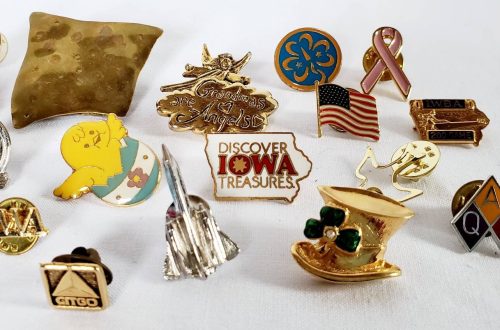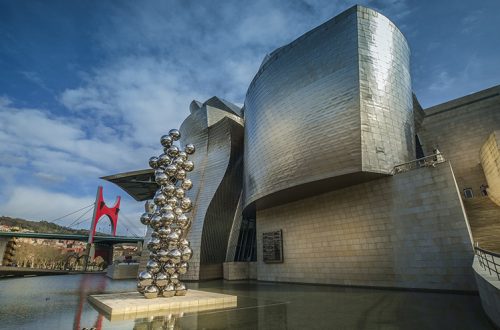Art is a universal language that transcends borders, cultures, and time. Every corner of the globe boasts its own unique artistic traditions, reflecting the rich tapestry of human creativity and expression. These traditions not only serve as a window into the cultural heritage of a region but also offer a profound insight into the shared human experience. Join us on a cultural journey as we explore some of the most captivating and diverse artistic traditions from around the world Links.
1. Japanese Ikebana: The Art of Floral Arrangement
In Japan, the art of flower arrangement, known as Ikebana, goes beyond just placing flowers in a vase. It is an intricate practice that embodies the principles of balance, harmony, and simplicity. Each arrangement is meticulously composed to create a sense of balance and depth, with a focus on the use of negative space. Ikebana serves not only as an art form but also as a spiritual practice, connecting practitioners with nature and the changing seasons.
2. Indian Rangoli: A Colorful Expression of Hospitality
In India, Rangoli is a traditional art form that involves creating intricate patterns and designs on the ground using colored powders, rice, or flower petals. Rangoli is an essential part of Indian culture, often seen in front of homes as a sign of hospitality and good luck. These vibrant and symmetrical patterns are not only visually striking but also carry a deep cultural significance, particularly during festivals and celebrations.
3. Aboriginal Dot Painting: A Connection to Ancestral Lands
The Indigenous people of Australia have a unique and spiritually significant art form called dot painting. This ancient tradition involves using a technique of applying tiny dots to create intricate patterns and depictions of Dreamtime stories, which are sacred narratives about the creation of the world. Dot painting serves as a way to connect with ancestral lands, pass down cultural knowledge, and maintain the spiritual connection between the artist and their heritage.
4. Moroccan Zellige: The Beauty of Geometric Mosaic
In Morocco, Zellige is a traditional art form that involves the intricate use of geometric mosaic tiles to create stunning patterns and designs. These mosaics adorn mosques, palaces, and homes throughout the country. The use of geometric shapes and vibrant colors in Zellige reflects the rich cultural history of Morocco and its deep Islamic influence. The art form continues to thrive, blending traditional techniques with modern designs.
5. Maori Ta Moko: Permanent Tattoo as Art
For the Maori people of New Zealand, tattooing, known as Ta Moko, is not just a form of body art but a cultural expression that tells a person’s life story and tribal affiliations. The intricate patterns, often applied to the face, are a testament to one’s lineage, experiences, and achievements. Ta Moko is a symbol of identity and belonging within the Maori culture.
6. Chinese Calligraphy: The Art of Brush and Ink
Chinese calligraphy is more than just writing; it’s a form of visual art. The brush strokes, ink, and paper are carefully chosen to create characters that reflect not only the meaning of the words but also the artist’s emotions and personality. This ancient art form is deeply revered in Chinese culture and has a rich history dating back thousands of years.
7. Mexican Alebrijes: Fantastical Creatures of Imagination
Alebrijes are brightly colored Mexican folk art sculptures of fantastical creatures. These whimsical and surreal figures, often carved from wood, are a blend of indigenous Mexican and European artistic traditions. Alebrijes serve as a celebration of creativity and imagination, allowing artists to bring to life creatures from their dreams.
8. Greek Mosaics: An Ancient Legacy in Stone
In ancient Greece, the art of mosaic making was highly esteemed. Mosaics were used to decorate floors, walls, and even public buildings. These intricate designs, created by arranging small pieces of colored stone or glass, depicted scenes from mythology, daily life, and religious beliefs. Greek mosaics have left an indelible mark on the art world, inspiring artists and architects for centuries.
Artistic traditions from around the world are a testament to the immense creativity and diversity of human cultures. These traditions not only showcase the skills of artists but also convey the values, beliefs, and histories of the people who practice them. As we embark on this cultural journey through art, we gain a deeper understanding of the world and the beauty that lies within its many corners. Whether you’re drawn to the delicate grace of Japanese Ikebana or the vibrant energy of Mexican Alebrijes, there’s a world of artistic traditions waiting to be explored, celebrated, and cherished.





